Tag: upper airway resistance syndrome
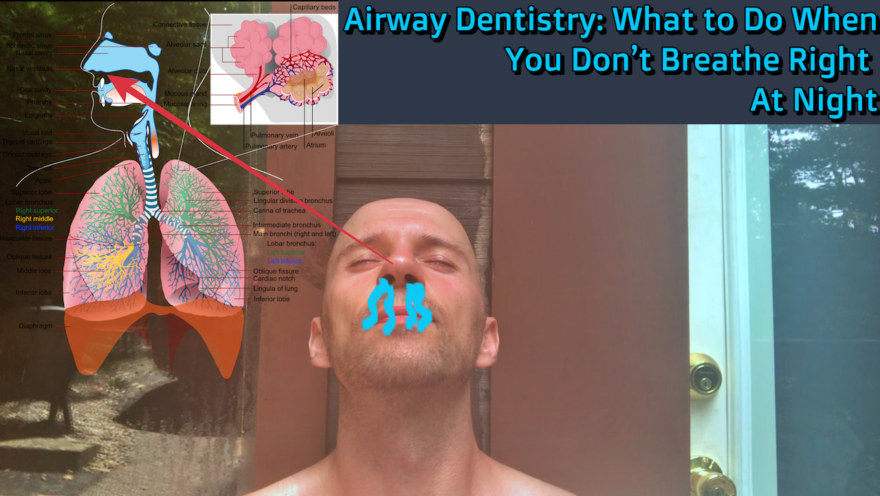
Airway Dentistry: What to Do When You Don’t Breathe Right At Night
If you are having trouble sleeping, snore at night, or mouth breathe like none other, you definitely have to listen…

The Keys to Improving Your Upper Airway
Sleep apnea, upper airway resistance, snoring, grinding your teeth, ADHD; what do all of these areas have in common? Many…
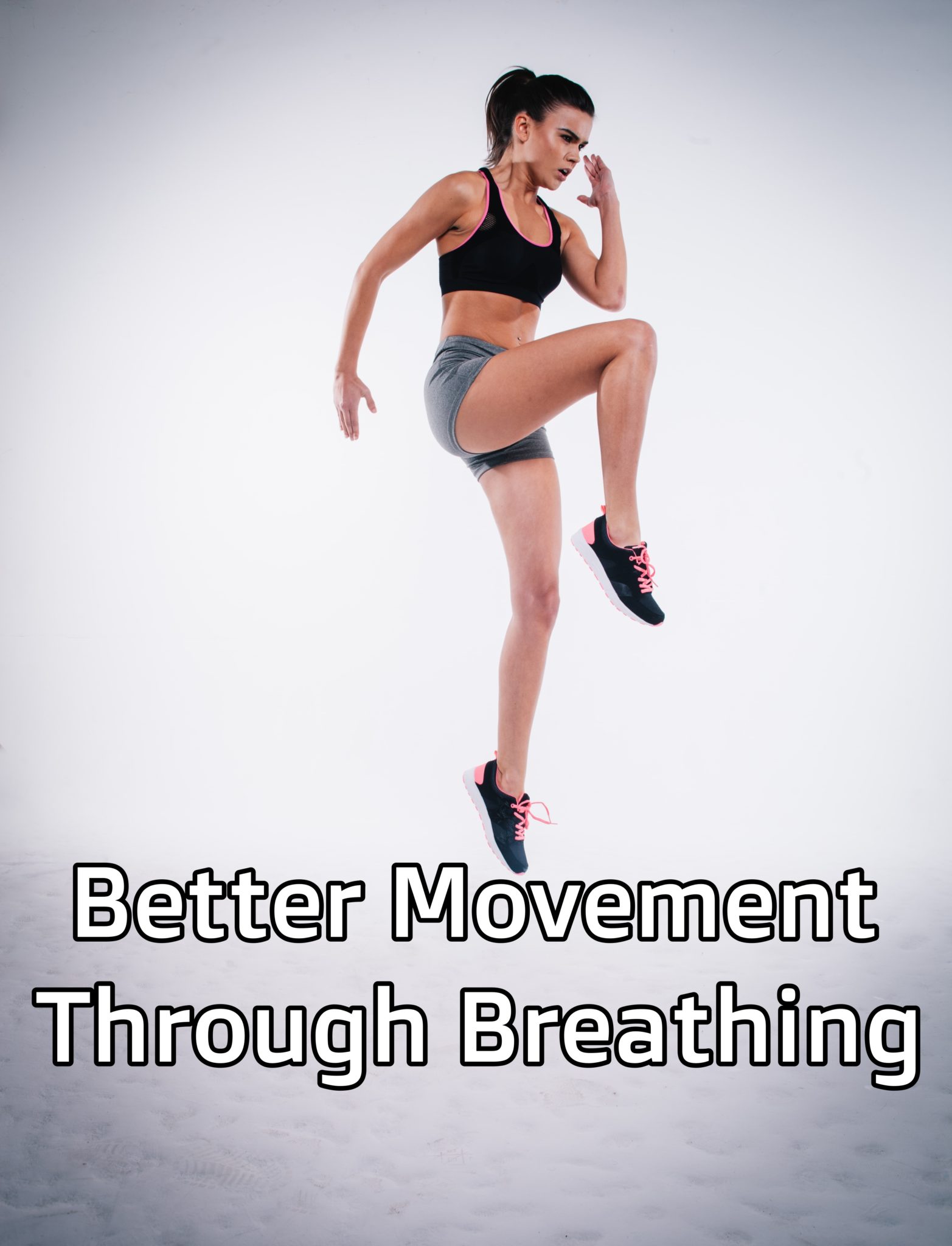
Better Movement Through Breathing
If you want simple tips to make pregnancy go WAY smoother, sleep to be on point, and move like a…
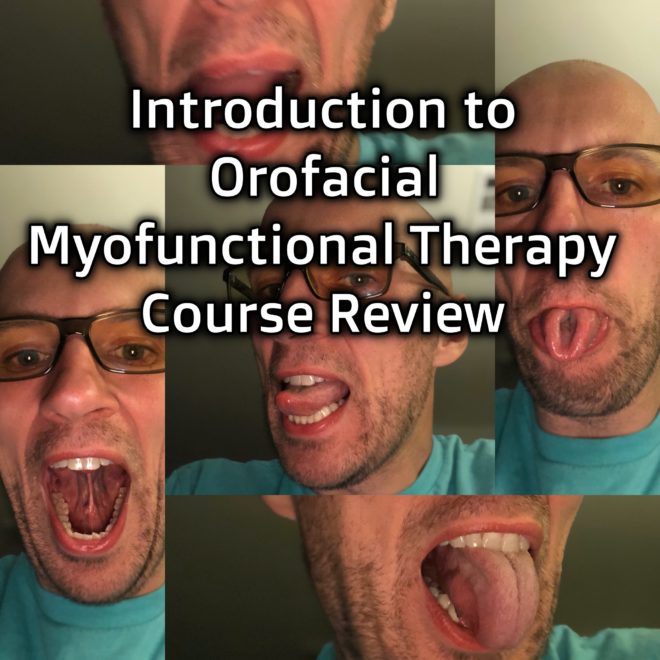
Introduction to Orofacial Myofunctional Therapy Course Review
How improving tongue mobility can impact sleep and nasal breathing I hit a plateau. I was getting good results with…
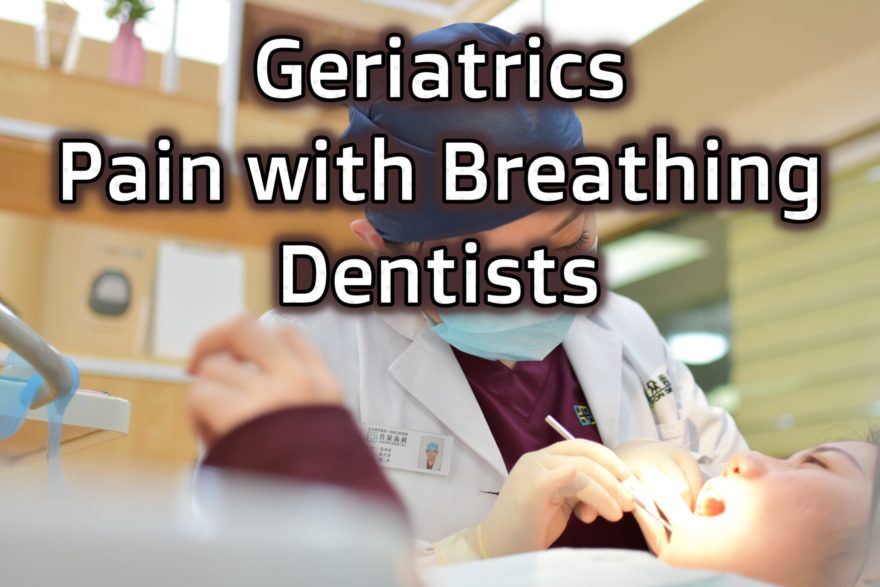
Geriatrics, Pain with Breathing, and Dentists – Movement Debrief Episode 99
Movement Debrief Episode 99 is in the books. Below is a copy of the video for your viewing pleasure, and…
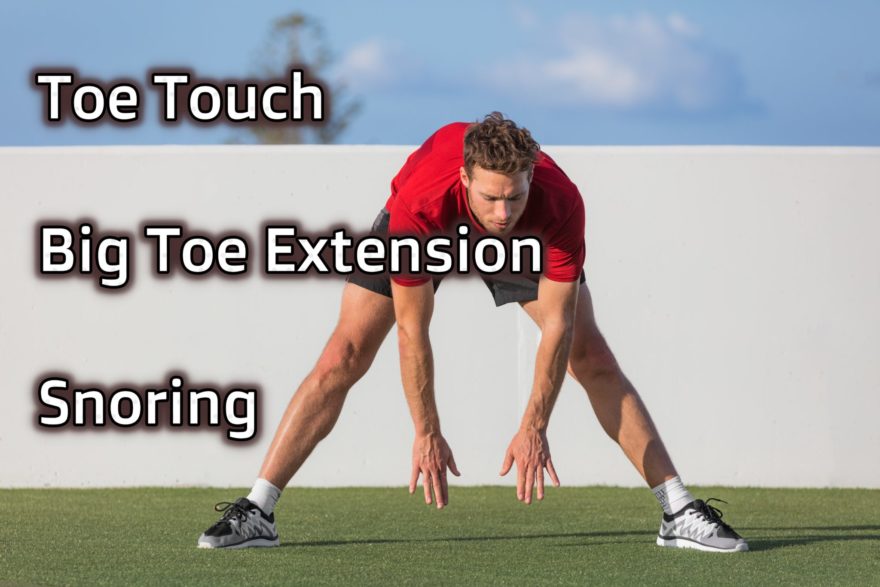
Toe Touch, Big Toe Extension, and Snoring – Movement Debrief Episode 89
Movement Debrief Episode 89 is in the books. Below is a copy of the video for your viewing pleasure, and…
